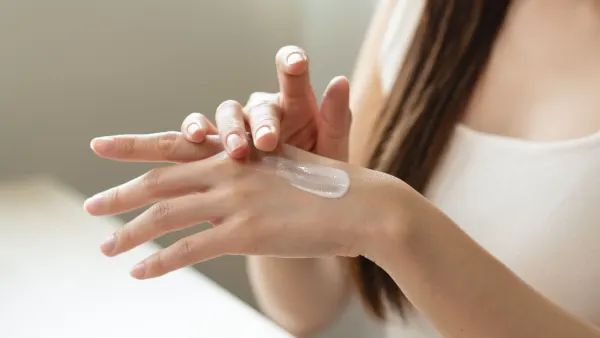By Brand Studio
Eczema, or atopic dermatitis, is one example. Mutations in the filaggrin gene – present in up to 10 per cent of individuals – impair skin hydration and structure, making skin more vulnerable to environmental stressors. Dr Toh shared that scratching itchy, eczema-affected skin further disrupts the barrier, creating a vicious cycle of damage and irritation.
“A compromised skin barrier increases trans-epidermal water loss and lets irritants and allergens in more easily, worsening conditions like eczema, acne and rosacea,” he elaborated. “This can reduce quality of life and cause persistent discomfort.”
REPAIRING THE SKIN BARRIER
While skin can often heal itself, it sometimes needs a helping hand.
When damage is caused by eczema, ageing or excessive cleansing, the skin barrier may struggle to produce ceramides, said Dr Toh. Ceramides are waxy lipid compounds that make up about 50 per cent of the skin’s lipid matrix – a protective coating on its surface.
If you think of skin cells as bricks, ceramides are the mortar holding them together, he explained. “They prevent moisture loss and protect against environmental damage. Without adequate ceramides, the barrier becomes leaky and vulnerable.”
Furthermore, inflammation and stress can reduce the enzymes needed to produce ceramides, making it harder for the skin barrier to repair itself. “Topical products supply ceramides to replenish what the skin lacks, accelerating healing. They integrate into the lipid matrix, helping to seal gaps, reduce trans-epidermal water loss and soothe inflammation,” said Dr Toh.
According to Dr Toh, the specific 3:1:1 ratio is key because each component plays a specific role. Cholesterol provides structure and stability, while free fatty acids maintain fluidity and help acidify the skin’s pH, deterring harmful bacteria and supporting enzyme activity for repair.
TOWARDS HEALTHIER, RESILIENT SKIN
